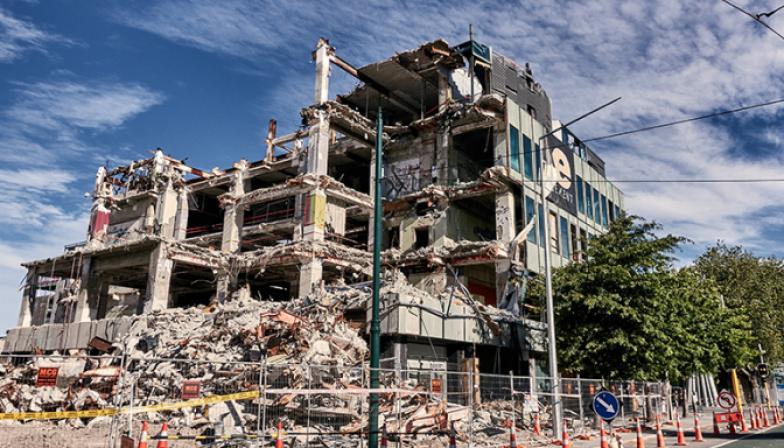Following the 2011 earthquake that struck New Zealand, Christchurch's historic center was rebuilt to make it more earthquake-resistant, and is built on steel.
Even for a city that has survived earthquakes, the 6.3 shocks that hit Christchurch in February nine years ago were unprecedented in their impact. About 10,000 buildings were demolished and central infrastructure, including water, electricity, communications and transport systems, was destroyed.
The entire business district of the once thriving city center will remain closed for two years as Christchurch embarked on a difficult rescue and recovery process. In the short term, retailers began trading from steel shipping containers brought in to revitalize the city, and open spaces were turned into entertainment zones as the population began their first steps towards normalcy.
Transition to steel
Renovation of existing historic buildings and the use of new, more earthquake-resistant construction methods while minimizing public disturbance was a major challenge. The need for speed, precise coordination and seismic resistance has led many of the teams leading restoration and reconstruction projects to turn to steel.
A research team analyzing Christchurch's transition to steel solutions found that the city used to rely on reinforced concrete. However, the group's report found the concrete structures were “difficult to inspect, repair and rebuild after a major event.” This led to a change in the approach to rebuilding the city after the earthquake.
The views of civil engineers and the expectations of business owners and tenants played an important role in the choice of materials. There was a strong impression that the structures that remained after the 2011 earthquake with the least damage and the highest maintainability were steel.
Other factors included the fast construction speed of the structural steel as well as its high strength-to-weight ratio, which means less stress on the foundation. This was especially important due to the poor soil conditions in Christchurch.
This combination of factors influenced the transition to steel, and as the renovation nears completion, Christchurch can enjoy the knowledge that its shiny new steel-built city center will be far more resilient to any future earthquakes.



